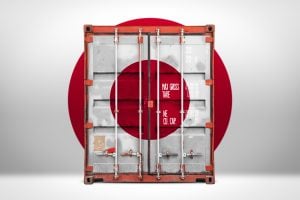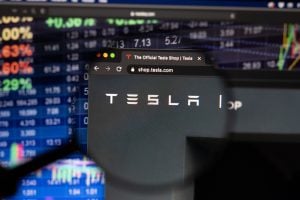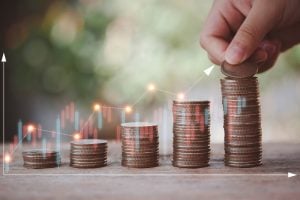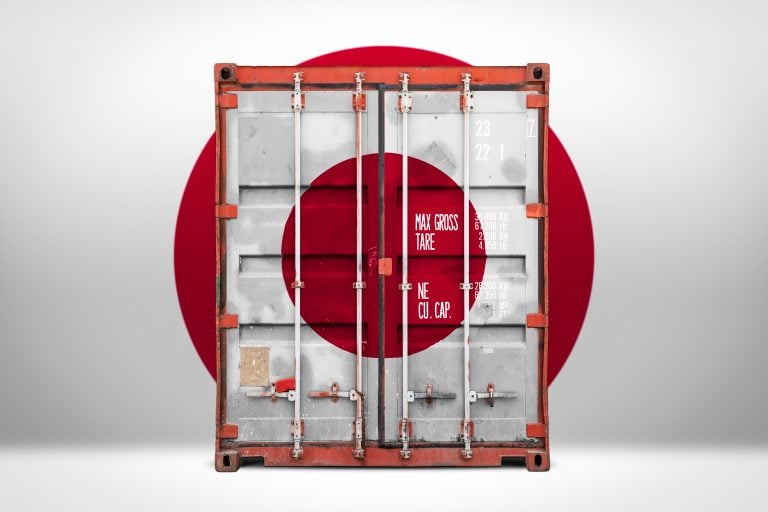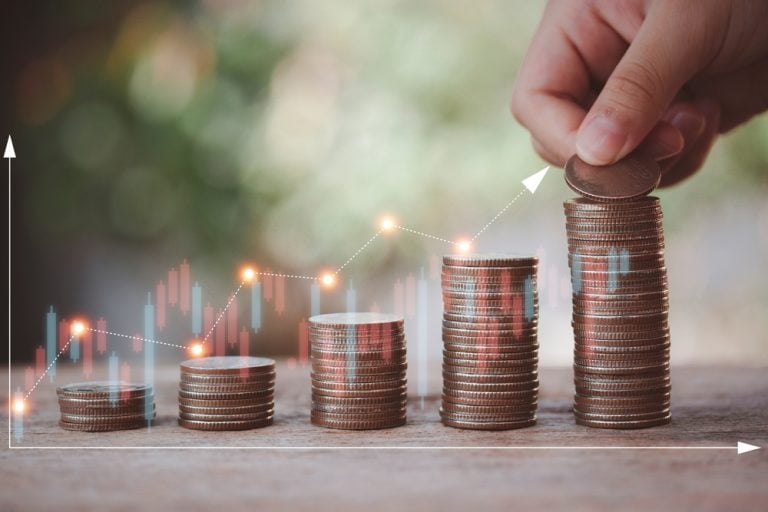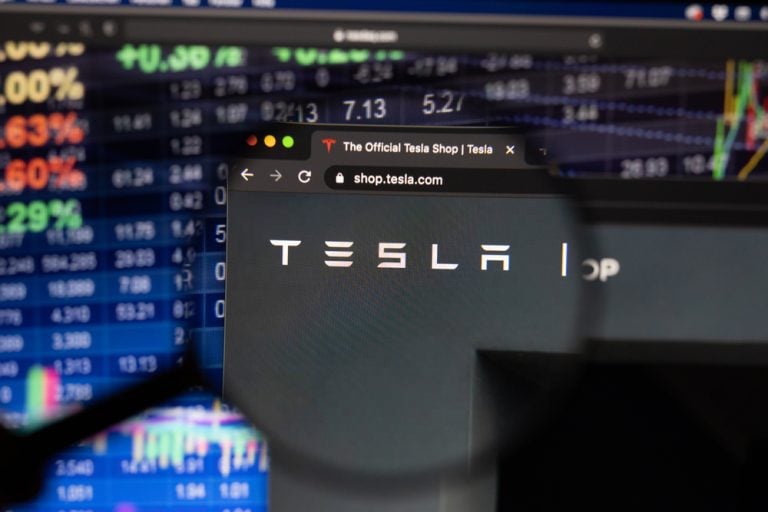With eastern Australia facing the very real likelihood of significant gas supply shortfalls it shouldn’t be too shocking that the federal government would believe that the fossil fuel would continue to play a key role in the energy mix in the transition to net zero.
Just yesterday, Resources Minister Madeleine King released the Future Gas Strategy – a medium to long-term strategy – that seeks to secure affordable gas as we move to a more renewable grid by ensuring decisions on gas supply and production are based on the best possible information.
Essentially, the strategy calls on the development of new gas sources to ensure that it remains affordable and support a shift towards higher-value and non-substitutable gas uses.
It also seeks to ensure that domestic gas and electricity markets fit for purpose throughout the energy transformation while ensuring that Australia remains a reliable trading partner for energy, including LNG and low emission gases (like hydrogen).
Of course, all this is still reliant on Australia continuing to support global emissions reduction to reduce the impacts of climate change and achieving net zero emissions by 2050.
Strategy actions
Under the strategy, the federal government will seek to prevent gas shortfalls by working with industry and state and territory governments to encourage more timely development of existing gas discoveries.
This implies that it will seek to push through regulatory approvals that might impede their development, which might be interesting when considering that New South Wales has passed legislation to ban offshore drilling while fracture stimulation remains banned in Victoria.
Other activities include reducing gas-related emissions by working with industry and regulators to minimise venting and flaring of methane from operations and consider further emissions reductions measures.
This includes promoting carbon capture and storage by releasing acreage for offshore CCS and establishing a new initiative on regional cooperation on transboundary CCS.
The government didn’t quite explain why it thought CCS would be a serious option given that even a supermajor like Chevron can’t quite get the technology to work at full capacity at its Gorgon LNG project.
“The Strategy makes it clear that gas will remain an important source of energy through to 2050 and beyond, and its uses will change as we improve industrial energy efficiency, firm renewables, and reduce emissions,” King said in a statement.
“But it is clear we will need continued exploration, investment and development in the sector to support the path to net zero for Australia and for our export partners, and to avoid a shortfall in gas supplies.”
Mixed reactions
The reaction to the government’s Strategy was – as expected – mixed.
Supporters include the Australian Workers’ Union, which said it explicitly recognises the importance of gas to the future of domestic manufacturing over coming decades, and surprise, surprise, lobby group Australian Energy Producers.
The latter said the Strategy sent a clear message that gas has a critical long-term role in Australia’s energy mix.
At the other end, the Climate Council took inspiration off the movies, calling the Strategy one that sends Australia “Back to the Future” as more gas would increase climate pollution.
Meanwhile, Climate Energy Finance director Tim Buckley said the Strategy was a huge misstep, saying that while gas as a transition fuel made sense a decade ago, the climate science and renewables and storage technology landscape has changed fundamentally in the decade since.
Some thoughts
So just how much impact would this strategy actually have?
At the core of it, the strategy is hardly revolutionary, rather it represents an acknowledgement that gas is still very much needed to stabilise the grid and keep lights on – especially as coal-fired power plants get shut earlier.
Without a drastic uptick in new renewable generation and battery storage, we would at least need to keep gas supplies stable, which will need either new sources of gas or reduce the level of exports and we know what’s more likely.
At the same time, despite concerns, it is unlikely that the amount of gas burnt would reach the levels that might threaten the transition to net zero emissions.
The post GOT GAS: Australia’s new gas strategy is ruffling feathers? What’s new? appeared first on Stockhead.


